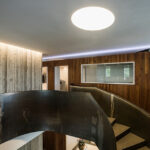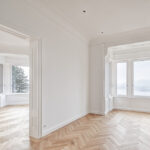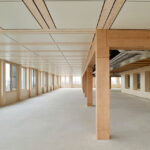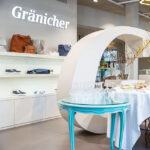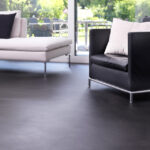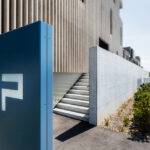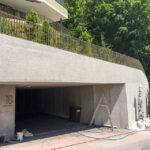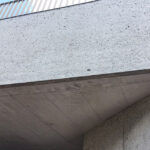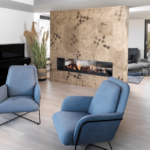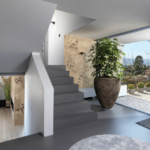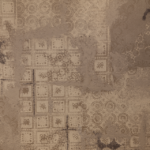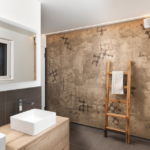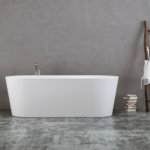- Home
- Competencies
Facade construction

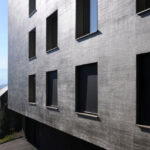
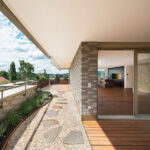
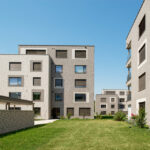
- Service
- About Us
- Contact
Headquarters in Emmen
-
MVM AG
Kirchfeldstrasse 44
6032 Emmen - 041 289 04 04
- mail@mvm-ag.ch
-
Monday - Friday
08:00–12:00 / 13:30–17:00
Zug location
-
MVM AG ZG
Commercial Street 11
6330 Cham - 041 758 18 57
- mail@mvm-ag-zug.ch
-
Monday - Friday
08:00–12:00 / 13:30–17:00
Sursee location
-
MVM AG Sursee
Surentalstrasse 10
6210 Sursee - 041 920 35 15
- mail@mvm-ag.ch
-
Monday - Friday
08:00–12:00 / 13:30–17:00
Stans location
-
MVM AG Stans
Hansmatt 30
6370 Stans - 041 610 00 42
- mail@mvm-ag.ch
-
Monday - Friday
08:00–12:00 / 13:30–17:00
-
MVM AG
- Rental
- Shop
Sgraffito - historical plaster-scratch technique
- Competently. Innovative. Qualitatively.
- from MVM AG
- 6 May 2021
- Sgraffito
A very special type of wall design - sgraffito as a stylish and at the same time historical feature. There is evidence that this technique dates back to ancient times. However, the plaster and scratch technique experienced its heyday in the Italian Renaissance. At that time, the process was mainly used on public buildings. Until the sgraffito finally lost its importance and new techniques replaced it. But why shouldn't the trend revive? Your painter in Lucerne and the surrounding area enables you to create a gorgeous wall design with elements of the sgraffito. Convince yourself of the chic and elegant plastering technology - for a dreamy, playful exterior facade.
What is special about the sgraffito?
Sgraffiti are a special eye catcher when designing your exterior facade. With the decoration technique, several different colored plaster layers are applied to the wall. Parts of the top layer are scraped off so that the lower layer of plaster is exposed. The different colors of the plaster layers create contrasts that create an image. Nowadays, wall design is part of the plastering trade, which is why sgraffiti is officially one of the stucco techniques. The scratched pictures, ornaments and decorations liven up the facade surface and at the same time give it depth. Your painter in Lucerne will also create wonderful facade works of art for you with the help of this traditional technique.
The process itself is comparatively easy for the trained professional. However, the manual process is extremely time-critical. The basis is a coarse, thin spray grout. This is followed by a leveling layer, which is simply smoothed out with the straightedge. The plasterer then applies a maximum 0,5 cm thick layer of mortar, which is colored through with various color pigments. On top of this layer is another layer of mortar, in a different - mostly natural - color. He removes this layer neatly with a smoothing disc. The plasterer scratches, cuts or scratches shapes, loops or more in the upper, still fresh and soft plaster layer.
A forged scraper is used as a scratching tool for sgraffito. With sgraffito there is an essential problem that the craftsman faces. The work must be done before the top layers of plaster bond together. If you also want sgraffito as a wall design, you should only have the necessary work carried out by a professional. We have mastered our craft and give your facade a special look.
On which buildings is sgraffiti usually applied?
As part of the building culture, the sgraffito is mainly attached to house facades, which serve the purpose of advertising. Since sgraffiti are often combined with ornamental jewelry, this design technique is a great alternative to the usual wall painting. Sgraffiti are therefore ideal for your advertising purposes. For example, you can add an inviting sgraffito to the facade of your company and draw attention to yourself. The extraordinary technology gives your building individuality. Rely on this ravishing trend and create a unique selling proposition. The MVM will help you with the implementation. We offer you a wide variety of sgraffito services. Contact us today and arrange a non-binding consultation. We would be happy to tell you more about this special type of wall design and implement it according to your wishes.





